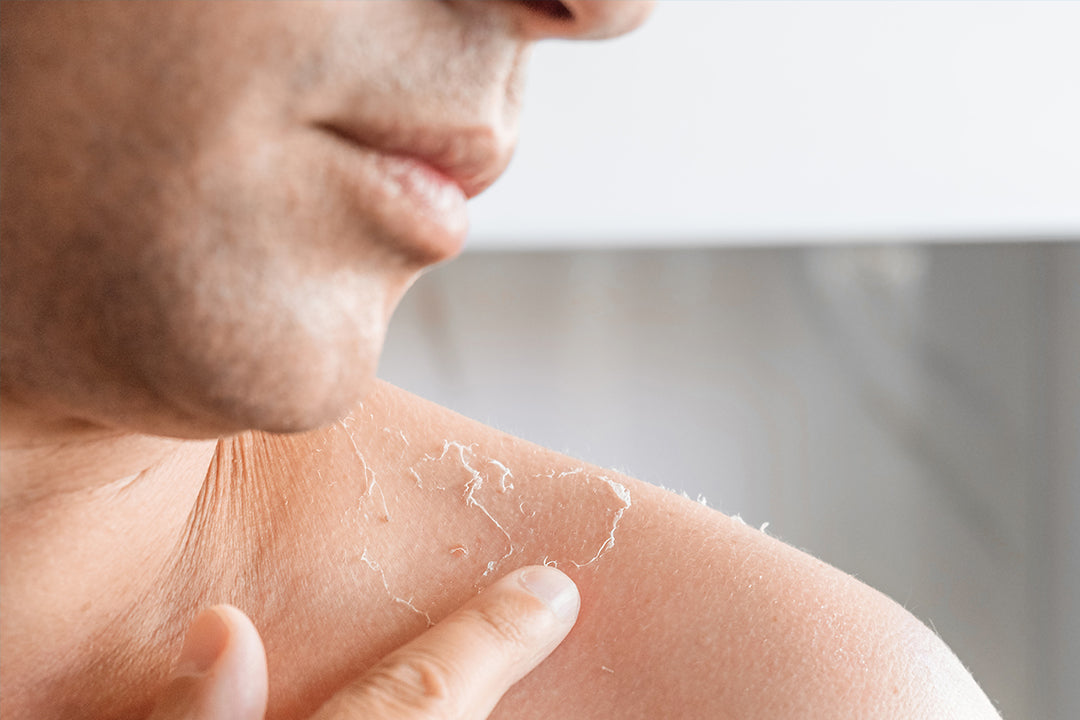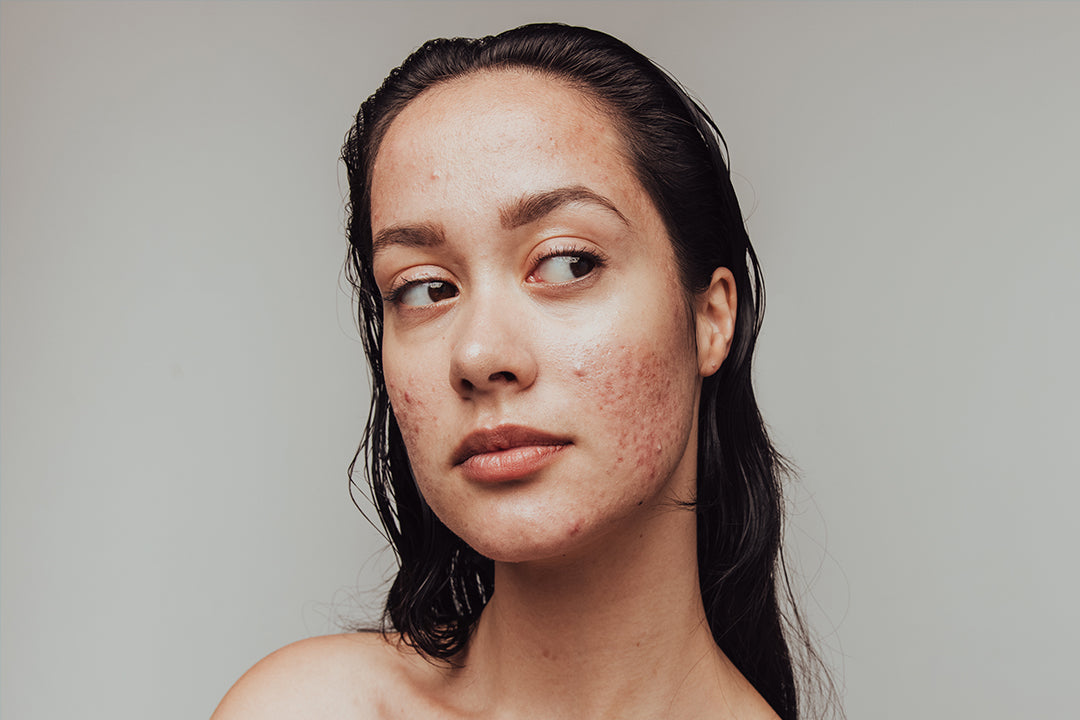For many of us searching for glowing, clear skin, the world of skincare ingredients can feel overwhelming. Two power players that constantly pop up are AHAs and BHAs, but what exactly do they do, and which one is right for you?
In this blog post, we'll break down the science behind AHAs and BHAs, explore their key differences, and help you choose the hero ingredient to transform your skincare routine.
Understanding the Difference Between AHA and BHA for Skin Care
AHA for 'Alpha Hydroxy Acid.' AHAs are commonly used in the field of skin care and are known for their exfoliating properties. They are often used to treat enlarged pores, fine lines, and other surface-level concerns.
On the other hand, BHA stands for 'Beta Hydroxy Acid.' BHAs are also used in skincare and are primarily effective in treating conditions that go below the surface, such as acne and sun damage.
How to Use AHAs and BHAs
When it comes to using AHAs and BHAs in skincare, it's essential to understand their differences and benefits. Both acids have their unique properties and usage guidelines.
Shared Benefits of AHAs and BHAs
While AHAs and BHAs have distinct differences, they also share some common benefits. These include:
- Exfoliation: Both AHAs and BHAs help in the removal of dead skin cells, revealing smoother and brighter skin.
- Improvement of Skin Texture: Regular use of AHAs and BHAs can lead to improved skin texture and reduced signs of aging.
- Treatment of Skin Concerns: AHAs and BHAs are effective in addressing specific skin concerns such as acne, sun damage, and uneven skin tone.
Differences Between AHAs and BHAs
While both AHAs and BHAs offer benefits for the skin, they differ in terms of their chemical composition and targeted effects. Some key differences include:
- Chemical Structure: AHAs are water-soluble acids derived from natural sources like fruit and milk. BHAs, on the other hand, are oil-soluble and can penetrate deeper into the pores.
- Targeted Effects: AHAs primarily focus on surface-level concerns like fine lines, wrinkles, and hyperpigmentation. BHAs target acne, clogged pores, and inflammation.
- Skin Sensitivity: AHAs can be more irritating to sensitive skin, while BHAs are generally better tolerated.
Choosing the Right Acid for Your Skin
Choosing between AHAs and BHAs depends on your specific skin concerns and sensitivity. It's important to consider the following factors:
- Skin Type: AHAs work well for dry and sun-damaged skin, while BHAs are more suitable for oily and acne-prone skin.
- Skin Sensitivity: If you have sensitive skin, it's advisable to start with lower concentrations and patch test AHAs or opt for BHAs.
- Targeted Concerns: Determine whether you want to address surface-level concerns or deeper skin issues.
How to Use AHAs and BHAs
When incorporating AHAs or BHAs into your skincare routine, it's essential to follow proper usage guidelines:
- Cleansing: Start with a clean face before applying any acid-based products.
- Moisturization: After using AHAs or BHAs, follow up with a moisturizer to hydrate and nourish your skin.
- Sun Protection: Both AHAs and BHAs can increase sensitivity to the sun, so it's crucial to apply sunscreen daily.
How to Combine AHAs and BHAs
If you want to maximize the benefits of both AHAs and BHAs, you can combine them in your skincare routine. However, it's important to be cautious and avoid over-exfoliation or irritation. Here are some tips for combining AHAs and BHAs:
- Alternate Days: Use AHAs on some days and BHAs on others to avoid overwhelming your skin.
- Spot Treat: Apply BHAs on areas with acne or clogged pores, and AHAs on areas with hyperpigmentation or fine lines.
- Start Slow: Begin with lower concentrations and observe how your skin reacts before increasing frequency or potency.
The Bottom Line
AHA is a versatile term that serves as an interjection expressing various emotions like surprise, triumph, or derision. Beyond its colloquial usage, AHA is also an abbreviation for Alpha Hydroxy Acid, a common ingredient in skincare products. Understanding the differences between AHAs and BHAs is crucial for selecting the right acid for your skincare needs. Both AHAs and BHAs offer unique benefits and can be combined for enhanced results.
Remember to follow proper usage guidelines and prioritize sun protection when using acid-based products.









